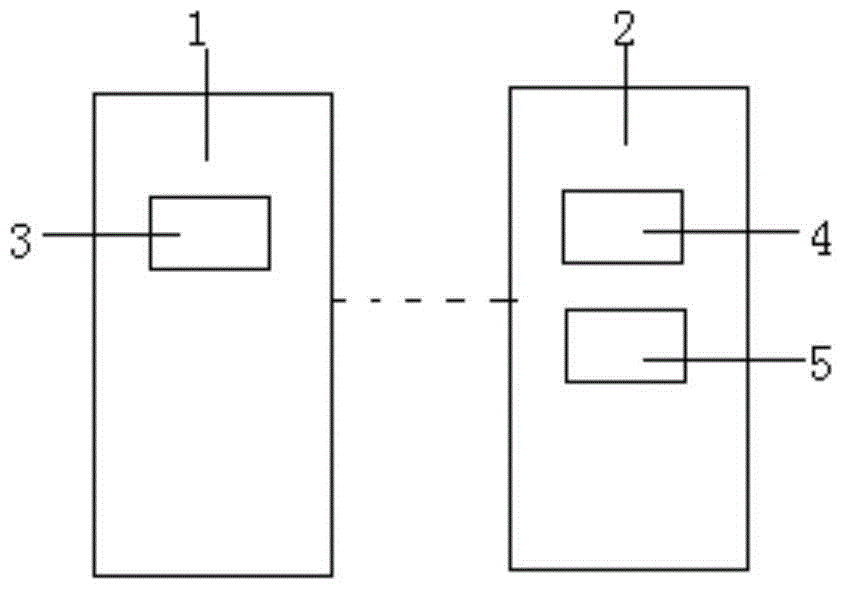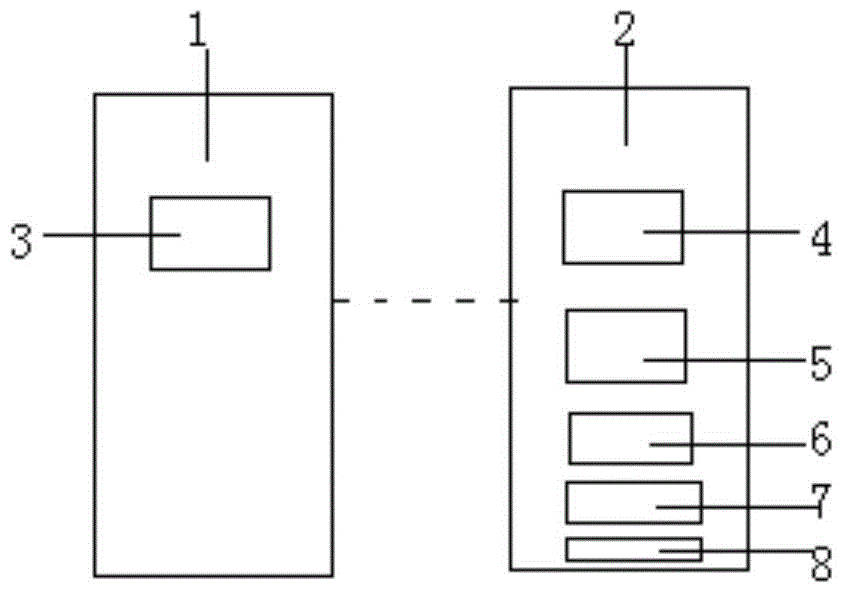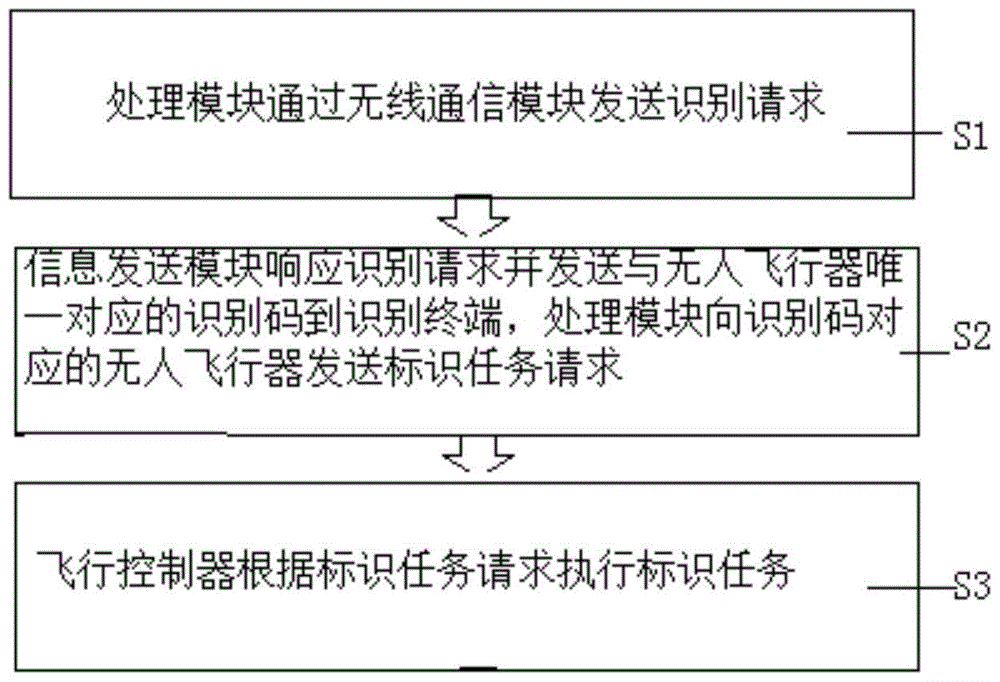Unmanned aerial vehicle identification system and identification method thereof
A technology of unmanned aerial vehicle and identification system, which is applied in the field of identification system and identification of unmanned aerial vehicles, can solve the problems that unmanned aerial vehicles cannot distinguish target unmanned aerial vehicles, complex structure, etc., and achieve the effect of high recognition efficiency and simple structure
- Summary
- Abstract
- Description
- Claims
- Application Information
AI Technical Summary
Problems solved by technology
Method used
Image
Examples
Embodiment Construction
[0034] The following detailed description is merely exemplary in nature and not intended to limit application and uses. Furthermore, there is no intention to be bound by any expressed or implied theory presented in the preceding technical field, background, brief summary or the following detailed description. As used herein, the term "module" or "unit" refers to any hardware, software, firmware, electronic control components, processing logic, and / or processor devices alone or in any combination, including without limitation: application specific integrated circuits ASICs, Electronic circuits, processors executing one or more software or firmware programs shared, dedicated or grouped and memories, combinational logic circuits and / or other suitable components providing the described functionality. Furthermore, unless expressly stated to the contrary, the word "comprise" and its various variations should be understood as implying the inclusion of stated elements but not excludin...
PUM
 Login to View More
Login to View More Abstract
Description
Claims
Application Information
 Login to View More
Login to View More - R&D
- Intellectual Property
- Life Sciences
- Materials
- Tech Scout
- Unparalleled Data Quality
- Higher Quality Content
- 60% Fewer Hallucinations
Browse by: Latest US Patents, China's latest patents, Technical Efficacy Thesaurus, Application Domain, Technology Topic, Popular Technical Reports.
© 2025 PatSnap. All rights reserved.Legal|Privacy policy|Modern Slavery Act Transparency Statement|Sitemap|About US| Contact US: help@patsnap.com



